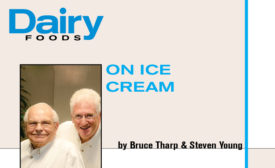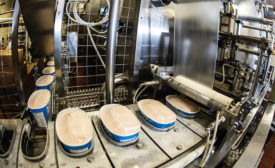Home » Keywords: » rare sugars
Items Tagged with 'rare sugars'
ARTICLES
Can the concept of a true sugar-free frozen dessert be extended to achieve a true low-calorie objective?
Read More
Using ‘rare’ sugars in ice cream, frozen dessert formulas affects everything
Using ‘rare’ sugars in ice cream and frozen dessert formulas affects everything from nutrition labeling to processing considerations, like the freezing point depression.
September 7, 2016
Using ‘rare sugars’ in frozen dairy and nondairy desserts
In this first of two parts, the authors discuss ‘rare sugars’ and their application in frozen dairy and nondairy desserts.
May 9, 2016
Stay ahead of the curve. Unlock a dose of cutting-edge insights.
Receive our premium content directly to your inbox.
SIGN-UP TODAYCopyright ©2025. All Rights Reserved BNP Media.
Design, CMS, Hosting & Web Development :: ePublishing



